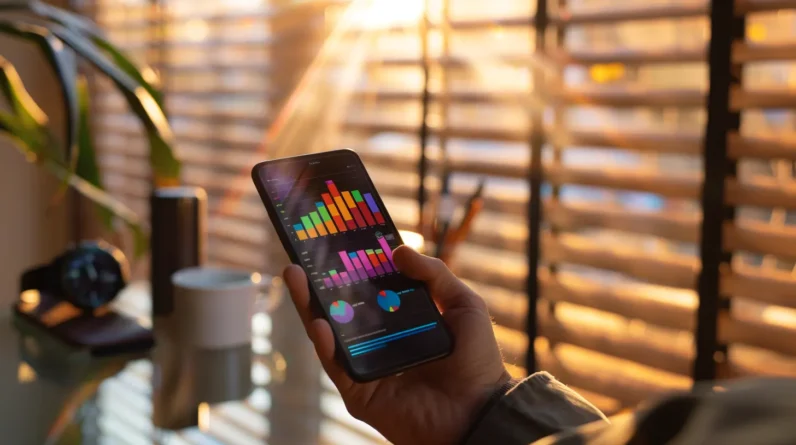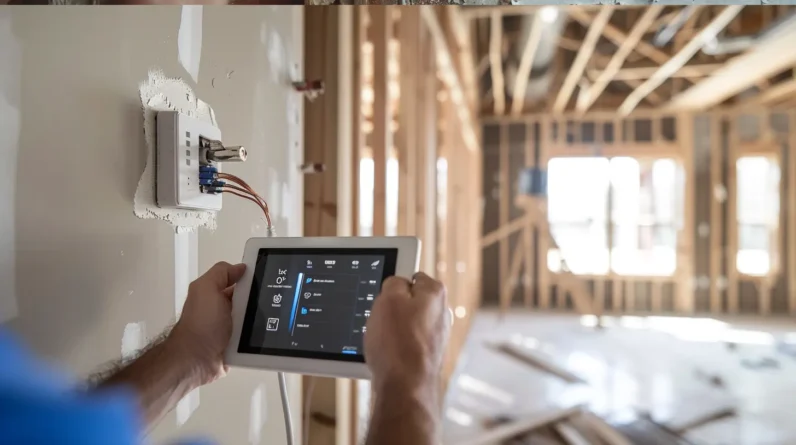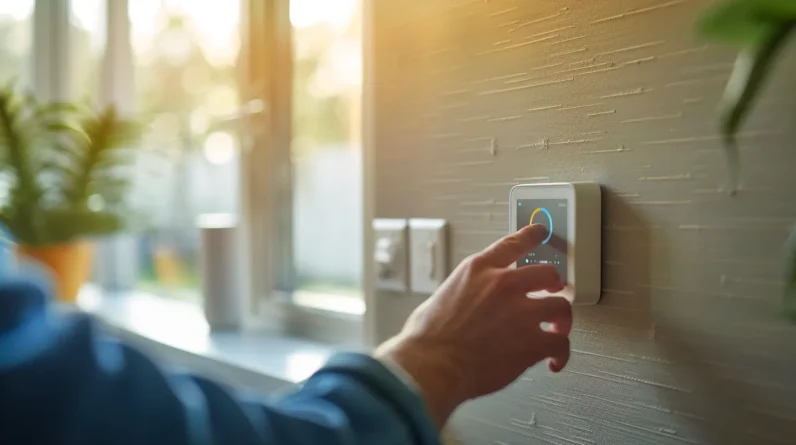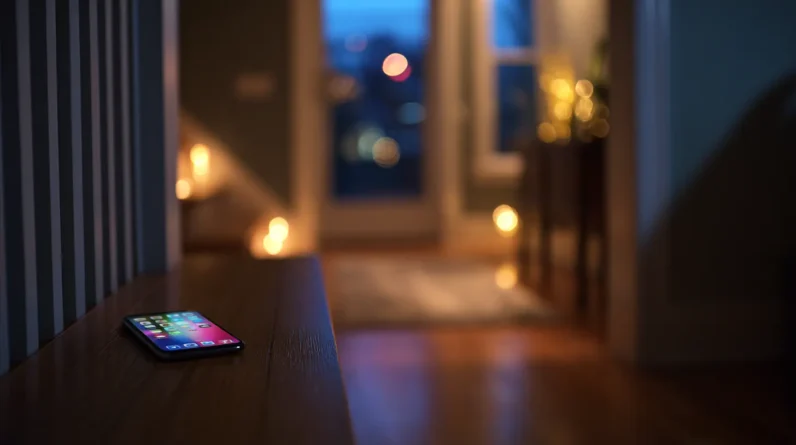
We’ve found that modern smart devices consistently deliver substantial long-term savings across household systems. Smart thermostats cut heating bills by 10-12% and cooling costs by 15%, while automated lighting reduces electricity use by 50-75%. Water management systems decrease consumption by 15-50%, and smart security systems can secure 10-20% off insurance premiums. Most devices pay for themselves within 18-24 months through reduced utility bills and maintenance costs. Smart monitoring systems detect issues early, cutting maintenance expenses by 30% on average. These proven returns make exploring comprehensive smart home solutions a financially strategic decision.
Smart Thermostats and Energy Bills
Today’s smart thermostats are revolutionizing home energy management, delivering average savings of 10-12% on heating bills and 15% on cooling costs. We’re seeing these devices learn from our behaviors, automatically adjusting temperatures based on occupancy patterns and weather conditions.
Let’s examine the data: A $200-300 investment in a smart thermostat typically pays for itself within two years. We’ve calculated that homes using these systems save $130-145 annually on average. The most significant savings come from advanced features like geofencing, which adjusts temperatures when we’re away, and smart scheduling that optimizes heating and cooling cycles. By integrating with weather forecasts and humidity sensors, these devices can fine-tune HVAC operation, reducing both energy waste and wear on our systems.
Automated Lighting Solutions
Smart lighting systems have emerged as another significant contributor to household energy savings, reducing electricity consumption by 50-75% compared to traditional bulbs. We’ve found that integrating motion sensors and automated schedules can further optimize these savings, with occupancy-based controls cutting waste by an additional 30%.
Modern LED smart bulbs last up to 25,000 hours while drawing only 9-12 watts, compared to 60 watts for incandescent alternatives. When we connect these to smart hubs, we can implement dynamic lighting patterns that adjust to natural daylight, potentially saving $100-200 annually per household. For optimal efficiency, we’ll want to focus on high-traffic areas first, where automation provides the greatest return on investment through reduced runtime and automated dimming features.
Water Management Systems
Water management devices deliver measurable savings through precise monitoring and automated control systems. We’ve found that smart irrigation controllers reduce outdoor water consumption by 15-50% annually, while intelligent leak detection systems can prevent costly water damage averaging $11,000 per household incident.
Smart water meters help us track usage patterns in real-time, identifying inefficiencies that typically account for 13% of household water waste. By integrating these with smartphone apps, we’re able to receive instant alerts when consumption patterns indicate potential leaks or system failures. Advanced flow sensors installed at key points can automatically shut off water supply when abnormal usage is detected, preventing catastrophic damage. The data collected through these systems allows us to optimize consumption patterns, resulting in average household savings of $300-500 annually on water bills.
Security and Insurance Savings
Modern security systems bring substantial savings through reduced insurance premiums and prevented losses. We’ve found that homeowners can typically secure 10-20% discounts on their insurance when installing smart security systems with 24/7 monitoring. These savings compound when we integrate smoke detectors, water leak sensors, and carbon monoxide monitors.
The prevention aspect delivers even greater value. Smart cameras, doorbell systems, and motion sensors reduce burglary risk by up to 300% compared to unprotected homes. We’ve calculated that the average smart security system pays for itself within 2-3 years through combined insurance savings and theft prevention. For businesses, the ROI is even faster, with most systems reaching break-even within 18 months due to reduced shrinkage and lower commercial insurance rates.
Preventive Maintenance Through Smart Monitoring
Throughout the last decade, intelligent monitoring systems have revolutionized how we approach home and business maintenance. We’re now able to detect potential issues before they become costly repairs through AI-powered sensors that monitor everything from HVAC systems to water pipes.
Smart monitoring delivers an average 30% reduction in maintenance costs by identifying problems at their earliest stages. For example, vibration sensors on HVAC units can detect bearing wear 3-4 months before failure, while smart water monitors can identify leaks as small as 0.1 gallons per hour. These early warnings typically save $2,000-$5,000 per prevented major repair.
We can maximize these benefits by integrating multiple monitoring systems into a unified dashboard, enabling predictive analytics to forecast maintenance needs with 85-90% accuracy over six-month periods.
Conclusion
We’ve seen how smart home devices can deliver substantial returns on investment. Studies show that smart thermostats alone save homeowners an average of $131-145 annually, representing a full device payback within 12-18 months. When we combine these savings with reduced insurance premiums, water conservation benefits, and preventive maintenance alerts, smart home technology isn’t just convenient—it’s a strategic financial decision that pays dividends year after year.







